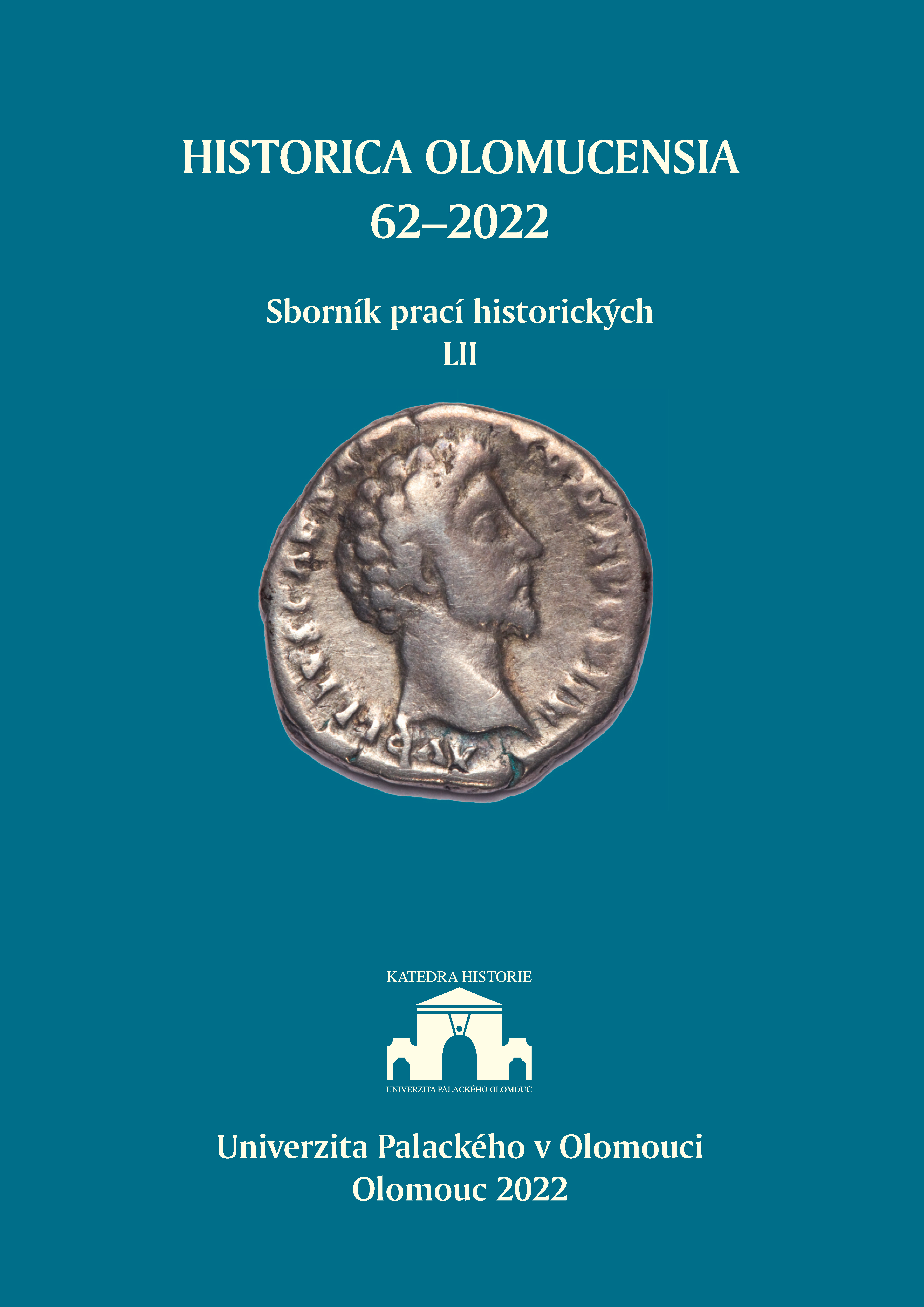Konverze ke katolictví mezi příbuznými Viléma Slavaty z Chlumu a Košumberka
Conversion to Catholicism amongst the Relatives of Vilém Slavata of Chlum and Košumberk
Author(s): Josef HrdličkaSubject(s): 17th Century, History of Religion
Published by: Univerzita Palackého v Olomouci
Keywords: Czech Kingdom; Seventeenth century; Re-Catholicization; Religious conversion; the Slavatas of Chlum and Košumberk;
Summary/Abstract: The Slavatas from Chlum and Košumberk ranked among the religiously divided Czech noble families at the turn of the seventeenth century. Diviš Slavata († 1575), at the latest at the end of his life, became a member of the Czech Brethren, which he had already sympathized with before the middle of the sixteenth century. Vilém Slavata was the first to doubt the faith in which he had been reared in and converted to Catholicism in August of 1597, which, along with undoubted abilities, opened the doors to a rich political career. His numerous relatives, in contrast, who remained with the Czech Brethren, where faced with the choice to convert to Catholicism or emigrate after the year 1627, when a patent aimed at non-Catholic nobility was published in the Czech Kingdom. The preserved correspondence of Vilém Slavata made it possible in this paper to analyse in detail his efforts, the aim of which was to convert his brother Michal and cousins Jan Albrecht and Kryštof Šťastný to the Catholic faith. The greatest attention was paid to Michal Slavata, who left for exile, but was unable to adjust and would often, with the permission of the ruler, return to the Czech Lands in the 1630s. Vilém Slavata appealed to his brother a number of times to change his faith in the middle of the 1630s. He made use of arguments in the area of controversy theology, which included the essence of the Lord’s Supper, the course of this feast day or the apostolic order, which was supported by statements of the saints or references to the Bible. He also made use of examples from the past of the family, which were supposed to attest to the tradition of the Catholic faith with the Slavatas, and which warned his brother about remaining in the faith of the Czech Brethren, which his grandfather Diviš adopted prior to the middle of the sixteenth century on the side of the anti-Habsburg resistance, bringing about the consequent decline in property of the family. The custos of the Prague Capuchin monastery, who succeeded in converting Michal, and who the nobleman also confessed to at the beginning of July 1636, finally played a larger role than the Czech highest chancellor. In his correspondence with his noble friends, Vilém Slavata took credit for the conversion of his brother and also presented the advantage of a more moderate approach to emigrants, which consisted of granting permission for their stay in the land up until they converted. While in the case of Michal Slavata, Vilém’s efforts were successful, he was unable to convince both of his cousins to convert and return to the country at the end of the 1640s and beginning of the 1650s, despite the fact that his arguments were similar as those from several years earlier.
Journal: Historica - Sborník prací historických
- Issue Year: LII/2022
- Issue No: 62
- Page Range: 60-78
- Page Count: 19
- Language: Czech

